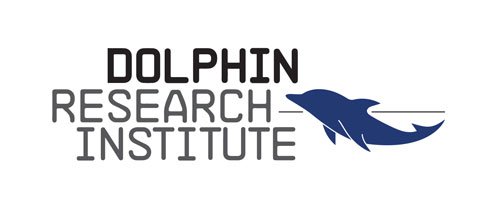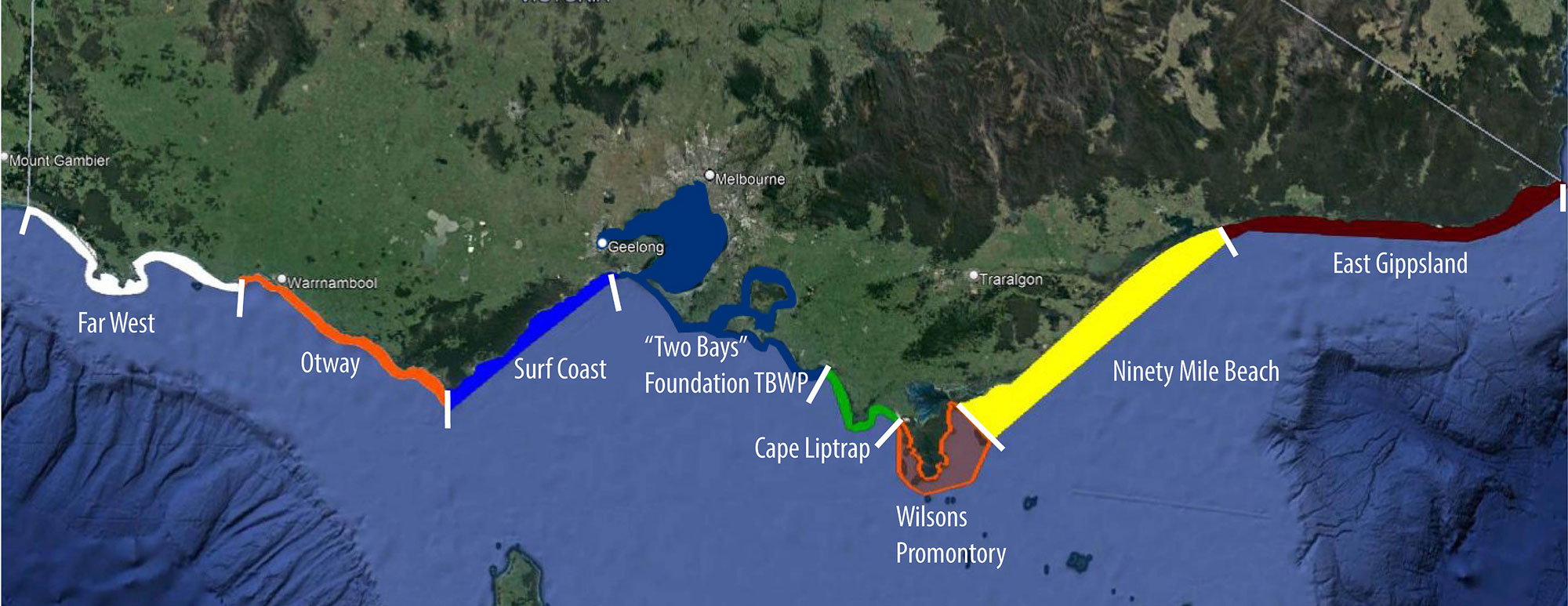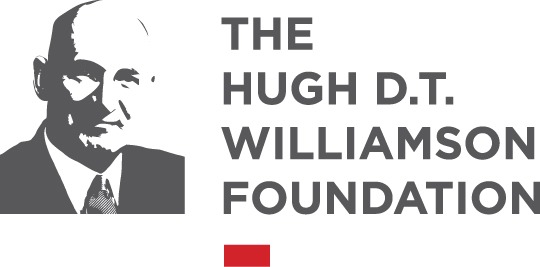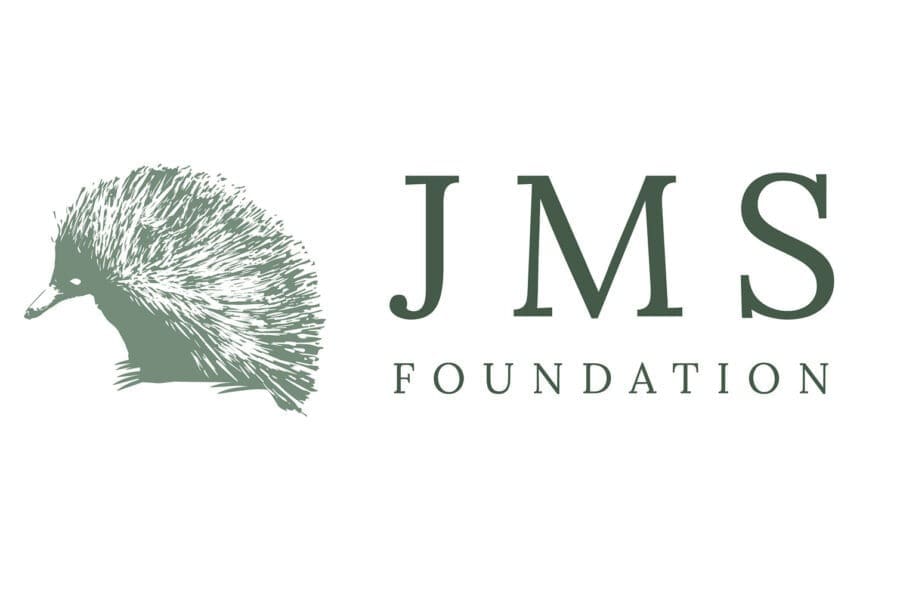
The Dolphin Research Institute proudly acknowledges the support of ConocoPhillips Australia in supporting the expansion of the Two Bays Whale Project to wider regions along the Victorian Coast.
Victorian state waters extend three nautical miles offshore from each land mass (mainland and islands). They are regularly used by up to nine whale species, with one species (southern right whale) migrating to our coast to calve during winter and spring. Other species use these waters as migratory corridors (Fathom Pacific unpublished data).
Studying how these species use Victoria’s coastal waters presents many challenges. Field surveys are expensive, weather-dependent and have limited spatial coverage. Citizen-science programs like our Two Bays Whale Project can achieve targeted, comprehensive and regular monitoring along the Victorian coast during and outside the peak whale season.
Since its launch in 2015, the Two Bays Whale Project has grown into an exemplary citizen-science program for monitoring large whales in Victoria’s central region. Consequently, Two Bays Whale Project (TBWP) data is of value to environmental assessments for offshore actions across Bass Strait. This includes proposals to develop wind, wave and gas energy projects.
As a direct result of the above needs, DRI aimed to expand the TBWP’s coverage to include the coastline from Cape Otway to Wilsons Promontory in 2023. The expansion to Wilsons Promontory was achieved and some other citizen scientist groups further to the east joined the program. The region further to the West as far as Cape Otway, proved a challenge for a number of reasons. We acknowledge funding from ConocoPhillips Australia to support the first phase of the expansion of the Two Bays Whale Project, including the requirement that all data is publicly available to support the protection of whales in this region. We are speaking to wind energy companies for funding on the same basis of public access to data.




